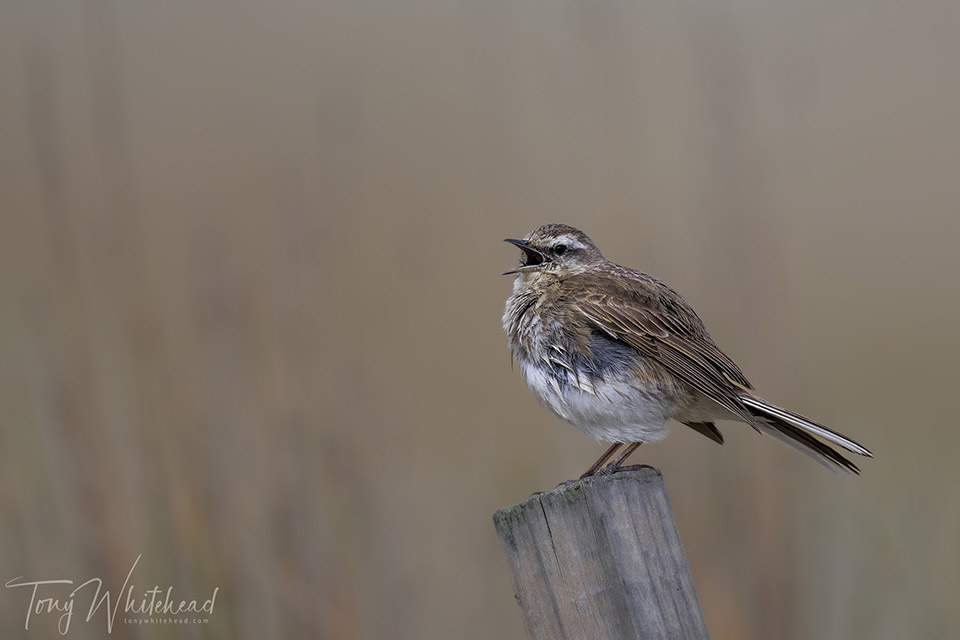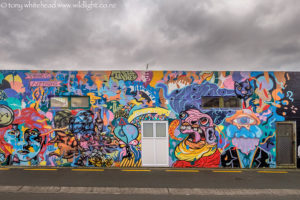Thermal distortion causing image degradation especially in telephoto images is generally referred to as heat haze and I have written on this before. A recent trip to the Arctic revealed that heat (in colloquial terms) isn’t really the issue and I’ve felt uncomfortable calling it heat haze, preferring thermal distortion. The issue is really layers of different air temperature with different densities and thus refractive indices. In New Zealand, spring and summer with higher air temperatures is the time it becomes most of an issue. I’ve found that the worst conditions are when air is moving over cool water and then hits warm land causing swirling mixed temperature layers. A recent experience really highlighted this for me.
My walk began along a beach with a breeze coming off the cool ocean. An overcast sky meant there was little heat and I managed some nice ground level images on Tūturiwhatu/NZ Dotterels on the beach slick and higher up on the sand where the dunes began.
After a while the sun broke through with baking heat and horrible light. This immediately raised the temperature of the sand and dunes. My goal were Tara iti/Fairy terns in the estuary behind the dunes but when I found them even flight images were very soft. I expected low level images to be badly impacted but it took me a while to realise that the soft flight images were thermally degraded.

The cool sea breeze swirling over the now hot beach and dunes was resulting in layers of swirling air of different temperatures that was distorting the light path from bird to lens. I have not encountered it to this extent for birds in flight as it is usually worst when shooting low to the ground. A few quick test shots showed that to get anything sharp I would need to focus on closer subjects with minimal air space between me and them. Abandoning the flying subjects I headed back down the estuary and managed some nice NZ Pipit images.

While none of the flying images were of any use, I was again surprised at how well Topaz Photo AI managed to retrieve detail in them. Ordinarily I would just delete such soft images but if a unique opportunity had arisen the images would be usable to illustrate a specimen or behaviour despite the thermal degradation.
If you are interested in using Topaz PhotoAI , the Black Friday offer is a good opportunity for the best pricing available up to 2 December 2024.
An important part of photography is analysing problems and devising solutions. At times the problems are not soluble and you need to point your lens elsewhere unless it is a crucial opportunity and you have to accept some loss of quality. Usually thermal degradation/heat haze can be minimised by photographing early or later in the day when the worst of the heat is absent so land temperatures are less marked. Avoiding a very low shooting position can reduce the issue at the cost of background control. I have seen advice about using as wide an aperture as possible to narrow depth of field but this doesn’t make sense to me – it is not a problem related to in focus distractions but an issue of trying to focus through an inhomogeneous medium. Using a shallow depth of field while trying to focus through a dirty window or fogged filter can’t improve edge contrast (sharpness) in the subject.
Photos with Nikon Z9 and Nikkor Z 800mm f6.3 VR S.




